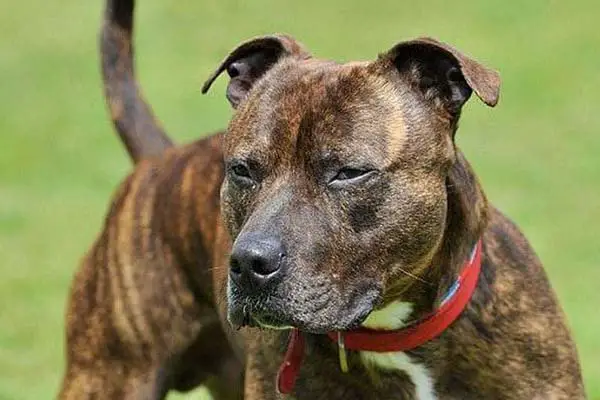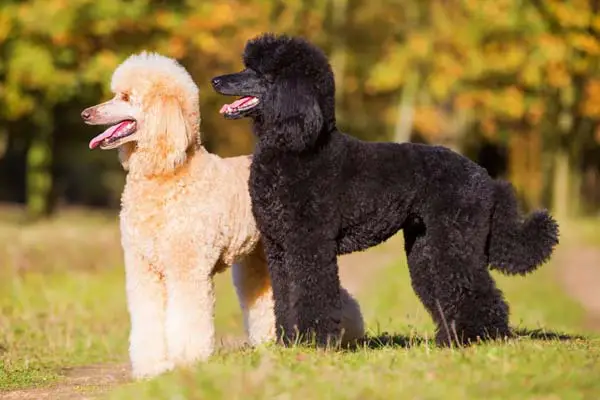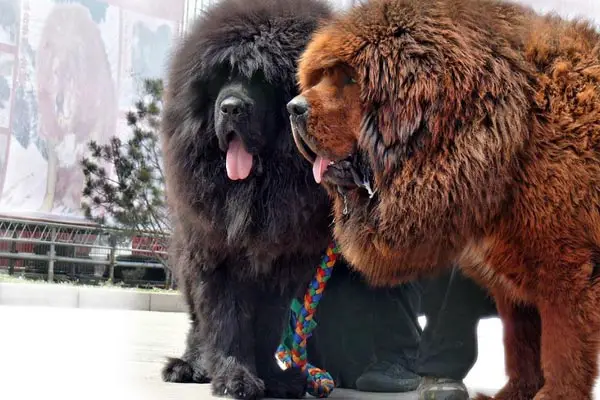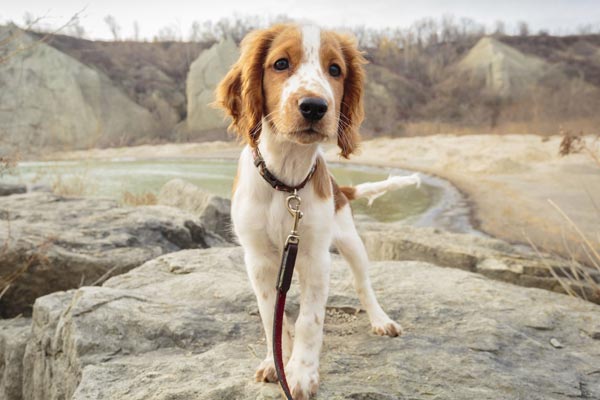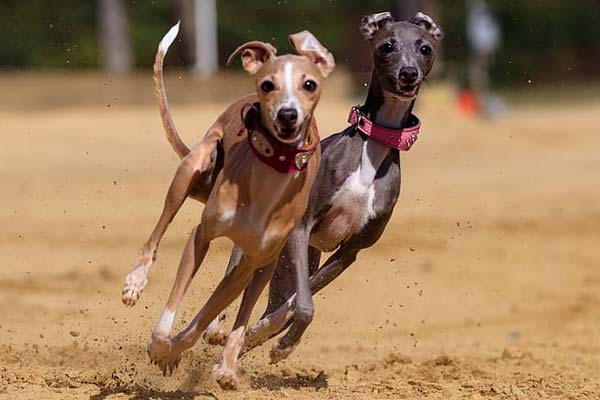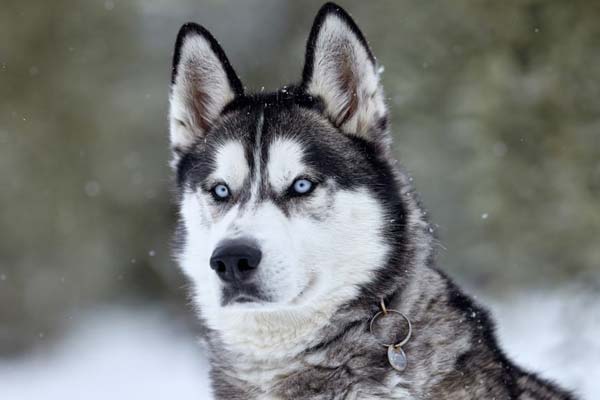All We Are Saying Is Give Pits a Chance
Interesting Facts About Pit Bulls
The American Pit Bull Terrier (also known as the Pit Bull) causes much confusion to the public.
- First, many people have long-held beliefs that this dog loves to fight.
- Second, many believe the so-called Pit Bull is a breed unto itself, but it’s actually a type of one of the following: the American Pit Bull Terrier, the Bull Terrier, the American Staffordshire Terrier, and/or the Staffordshire Bull Terrier.
- Third, many people have no idea that Pit Bulls are one of the most human-centric dogs you can find.
The confusion regarding the Pit Bull began in the 1930s when the American Kennel Club wanted to distinguish the American Staffordshire Terrier from the American Pit Bull Terrier, which the AKC does not recognize as a breed. As mentioned, the breeds still cause confusion and misunderstandings.
Today’s Pit Bull is a laid back dog and has appeared in popular culture as a loving and devoted pet.
For instance, in 1903, according to the AKC, in the documentary Horatio’s Drive, a Pit Bull named Bud went along on the first auto trip across the United States; Who can forget Petey, the Pit Bull who served as a pal to the Little Rascals?
Tige, the dog in the Buster Brown Series; and America’s most decorated war dog Sgt. Stubby, who served as a mascot to America’s 102nd Infantry Regiment during World War I.
Check out this YouTube video for more information on Pit Bulls.
The Pit Bull Personality
Because Pit Bulls love humans so much, they are incredibly obedient and loyal. Unfortunately, those positive qualities can be and have been, exploited by unsavory people, like those who run dog-fighting rings.
Although being exploited is not the dogs’ fault, years of misconceptions have led the public to believe Pit Bulls are inherently violent.
The truth is that Pit Bulls love people, and they will curl right up in your lap no matter how much they weigh. Pit Bulls are a great family dog, a cross between terriers and bulldogs.
They were originally bred and trained to immobilize bulls, a common sport in 19th Century London.
Pit Bulls eventually evolved into farm dogs and then became “nanny dogs” because they were loyal and loving with children.
Males are usually about 18 to 19 inches tall, and females stand between 17 to 18 inches. They can weigh between 30 to 85 pounds.
American Pit Bull Terriers are a breed that relies heavily on human interaction for guidance, training, and affection. It’s very important to provide them with early socialization, especially if you plan to have them interact with children.
Pit bulls are incredibly loving, and the moment a human speaks or comes near them, their tail starts wagging.
So, as you might have guessed, the Pit Bull makes a poor guard dog. Pit Bulls are a sweet, gentle breed that will greet you with a wagging tail, a “smile,” and excitement. It’s as if they are saying, “I’m so glad you’re home.”
Pit Bulls are very happy to live as house dogs. And since they form strong attachments to their family, if you want a loving lap dog, you will be delighted with a Pit Bull.
Testimonial of a Pit Bull Lover
Once you meet and spend time with a Pit Bull, you may fall head over heels in love. I have a 10-year-old Pit Bull, a former stray named Ginger someone dumped off when they moved to a state with ordinances against Pit Bulls. My 13-year-old son said, “The only breed we should ever have is a Pit Bull.”
Ginger sleeps with my son, and sometimes with me, and she’s the most affectionate and needy dog I’ve ever seen.
She has a baby face and still gets excited like a puppy. Some experts say once you’ve gotten to know a Pit Bull you will wonder how you ever lived without one.
These dogs are so devoted to their loved ones that if they believe you will be injured, they will leap in defend you. They are incredibly intelligent and easy to train. Because they love their humans, they will want to be around you and please you.
Even as adults, American Pit Bull Terriers become very excited and act like puppies. Who could resist a dog that “smiles,” looks you lovingly in the eye, and wants to cuddle with you 24-7?
Pit Bulls have a strong desire to chew. They love rawhide, pigs’ ears, and they can tear through some pretty tough hide. When you provide chew toys, provide durable non-breakable toys, so he or she doesn’t choke on or swallow them.
Caveats
When you own a Pit Bull, expect innocent and pointed questions. “Is that a Pit Bull?” Informed dog owners will probably tell you how lucky you are.
Ill-informed dog owners may back away and look upon you with disdain–a caveat of loving a breed defined by years of misinformation.
If you live an area with cold weather, be mindful of how long you allow your Pit Bull to be outside. They are not fans of cold weather. They love the sunshine, and you may find them sunbathing out on the deck, or finding a patch of the sun inside the house.
They love to be warm and cozy. As mentioned earlier, Pit Bulls need to be trained and socialized early. If you ignore this opportunity, you may find yourself with a stubborn, bossy dog Pit who refuses to obey.
Although this breed is easy-going and loyal, they crave guidance from their human. When you’re in public, you will save yourself a lot of stress and legal trouble by keeping your Pit Bull on a leash at all times. As strange as it may sound, Pit Bulls prefer humans to dogs.
Dog parks may not be the best place for Pit Bulls to visit. Experts say “While Pit Bulls may not instigate a fight, they will never back down from one, and they fight to the finish.”
If your Pit Bull is improperly socialized as a puppy, he or she can become aggressive toward other dogs. (This goes for all breeds!)
Feeding Your Pit Bull
Experts recommend one to two and a half cups of high-quality kibble a day. I feed my Pit Bull at 5 a.m. and 5 p.m. To keep obesity at bay, veterinarians suggest disallowing your dogs to graze and to measure out the food according to the package.
Grain-free dry dog food has become quite popular as of late. Some Pit Bulls have sensitive digestive systems, so keep your eye on your Pit Bull after he or she eats. Watch for diarrhea, vomiting, and skin conditions.
When my Pit Bull was about five, she was vomiting all the time. I took her to the vet and had her blood tested. The doctor said my dog was extremely healthy.
Now I know she was chewing on items, socks, carpets, washed clothes because she had separation anxiety while I was gone.
Your Pit Bull should thrive on high-quality dog food, whether you buy it off the shelf or make it at home. Grain-free food often creates a softer coat, fewer digestive problems, and fewer skin allergies.
Be mindful of the dog’s age and activity level. Some adult dogs are prone to becoming overweight, so follow the instructions on the bag of dog food to monitor calorie intake by selecting the appropriate amount. Treats are perfectly all right for training, and you can cut them in half if desired.
Some human foods are fine for dogs, but some are not, including chocolate, grapes and raisins, and onions. Always contact your vet if you have specific concerns. Of course, keep clean fresh water around always.
Grooming Your Pit Bull
Pit Bulls have a short, shiny coat. It’s not as soft as other breeds, but it comes in a variety of colors, including Brindle, red, gray, light brown, black, and more. They shed in the fall and spring, so it’s helpful to brush them during those times.
However, for the most part, they require little grooming and have an easy-to-keep-clean coat. And though the Pit Bull may resist taking a bath, afterward, they act very happily.
Pit Bull nails grown fast. If you were lucky enough to socialize them early in their lives, you might have good luck either at the groomer or clipping the nails yourself. If not, you may need to take your dog to the vet to have their nails clipped.
Brushing their teeth is pretty easy. And you’ll want to brush their teeth several times a week to remove bacteria and prevent tartar. And provide treats that strengthen teeth!
Health Issues in the Pit Bull
Pit Bulls are generally healthy, however, there are some potential issues with this specific breed. Of course, while not all American Pit Bull Terriers will have these health issues, it’s good to be aware of them.
1. Hip Dysplasia, a condition where there’s a malformation of the hip-joint ball and socket. It can cause your dog pain if it becomes severe. If you’d like to be proactive, when your dog turns two, you may request an x-ray of their hips.
2. Allergies are common in Pit Bulls. They are most susceptible to environmental allergies, such as grass, pollen, dust, and fleas. Sometimes they have food allergies to things like beef, rice, corn, and wheat.
Keep your eyes on your Pit Bull to watch for skin conditions. Feel free to contact your veterinarian if you find any kind of issues, especially if your Pit Bull chews or digs at their skin. This can cause a secondary infection cured with medicine.
3. Hypothyroidism, a dysfunction of the thyroid, which can cause weight gain, an unsightly coat, problems with reproduction, and more. Middle-aged dogs are able to take medication to help this issue.
4. Heart Disease affects Pit Bulls in various forms. Aortic stenosis happens most often. Sometimes, dogs are born with it (a narrowing of the connection between the left ventricle and aorta).
Check with your veterinarian if you see your dog has noticeable low energy. Chest x-rays and electrocardiograms enable you to see any problems, monitor them, and create preventive measures.
Historical information
When bull-baiting and bear-baiting were considered inhumane, somehow Pit Bulls were then used for dog-fighting.
If you’ve spent time around a Pit Bull, and watched how gentle they are around children, you might surmise it was a horrible task for this breed. They are very gentle and disinclined to bite humans.
Because of the Pit Bulls’ gentleness, dog-fight handlers knew when they reached into the ring the dog would not bite him.
Unfortunately, people believed the breed “loved to fight” and labeled them as aggressive, having no idea they were actually loving family-friendly dogs. That prejudice carried over when the early Pit Bulls accompanied their immigrant owners to America.
Luckily, Pit Bulls became farm dogs. Early Pit Bulls guarded property, hunted wild game (imagine that!), and were loyal companions.
Through careful breeding, the immigrants to the New World modified the smaller Pit Bull into a larger dog, which eventually became the American Pit Bull Terrier.
Of course, the AKC recognized the American Staffordshire Bull Terrier in the early 1930s and quickly separated it from American Pit Bull Terrier because of its checkered past.
Rescue Groups
You can find American Pit Bulls, and Pit Bulls, and Pit Bull mixes, in just about every shelter in the country. Several good rescue groups are dedicated to finding homes for these much-misunderstood dogs. Here are a few you can check out:
Last words: You can’t go wrong with this sweet, family-friendly dog.
